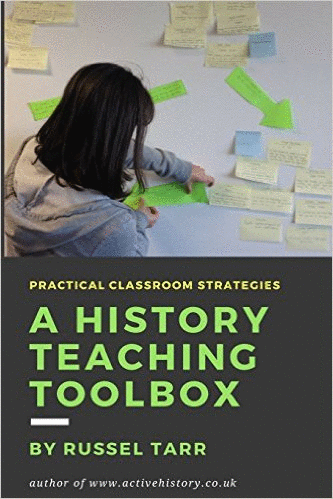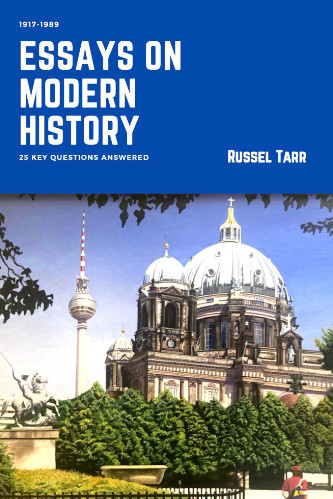Worksheets, lesson plans and interactive games for the school classroom.
The Silk Roads are the most famous long-distance trade route in the ancient world. They began in 130BC when the Han Empire (China) began selling silk to the Parthian Empire (Iran) in return for horses. The Parthians in turn began trading this silk with the Roman Empire (Italy) for wine. Soon, a sophisticated network of routes spread goods, ideas and religions around the civilized world, changing it forever.
Goods such as the magnetic compass, silk, gunpowder and ceramics were traded from Chinese cities to the west. In return the West provided products like wine, glass, olive oil and silver. All along the trade routes, gold was a common form of money for trading. A negative impact was the spread of diseases such as the bubonic plague that spread across Central Asia into China and resulted in the Black Death in Europe.
The Silk Roads ended in AD 1453, when the Ottoman Empire of Turkey conquered Constantinople, drove out its Roman occupiers, and stopped trading with the West. The closure of the Silk Roads forced European explorers to find new sea routes to replace over-land trade. This new "Age of Discovery" saw Columbus head West to America (1492) and Vasco de Gama head East to the Spice Islands (1497) - starting a whole new story of European Empire-building...
Introduction to the Silk Roads
"Watch the TEDEd video (below) as a class. Then, go through the written account (overleaf) and see how many of the missing words you are able to fill in. Next, highlight any words in the account that you do not know. Afterwards, discuss these words together and produce a list of definitions. Now watch the TEDEd video a second time to complete as many gaps in the account as you can. TIP: You might want to watch it once without filling the gaps so you can focus on the visuals, then a second time to focus on filling the gaps". There is also a completed teacher copy of this worksheet available.
Crossword test
This crossword quiz, complete with teacher answer sheet, tests the vocabulary developed in the previous introductory exercise.
The Silk Roads - design a textbook page
"Imagine you are a graphic designer. A publisher has asked you to turn what you have learned about the Silk Roads so far EITHER into an attractive page for a school textbook OR an educational poster for students of your age. Make sure you include appropriate illustrations with captions (at least one of a person, one of a product, and one map). You could also include some boxes with information about 'key people', 'key products' and a 'timeline of key events'. Make it colourful and engaging. Add some structured questions or tasks for students to encourage them to read it carefully. TIP: Consult some existing textbooks, magazines or posters and try to copy the same style and format"
Trading scenarios along the Silk Road: can you make a profit?
"The Silk Road developed into an amazingly complex trading network through the work of individual traders eager not just to obtain the things they needed and wanted, but to sell these on at a higher price to make a profit. In this activity will will develop our mathematical skills by working out where and when to trade particular objects along the Silk Roads!". There is also a completed Teacher Version available.
The Silk Roads Trading Game!
"Your teacher will put you into groups of 6 people. Five people will be 'traders' and the sixth will be the 'monitor'. Your teacher will then give you tokens to represent what goods you own. The objective is for each group to end up with at least one of the objects produced from each of the five countries"

Three key explorers: European, African and Asian
"During a period of only 150 years, the travels of three remarkable explorers - one European, one African, and one Asian - expanded our understanding of vast parts of the world. Start by reading the three biographies and watching the video clips that go along with each for extra detail. As you do so, start to consider how many of the following qualities each man possessed. Next, your teacher will divide the class into three teams, each focusing on a different explorer. Each team should focus on completing as many cells in the appropriate column of this table by explaining how their explorer demonstrated these attributes"
Google Earth Interactive Tour: three key explorers
Using an interactive Google Earth Tour, students develop their understanding of the three key explorers by following their footsteps and learning about their adventures and use what they learn to complete this worksheet.
The Silk Roads Adventure - online decision-making game!
You are a trader on the Silk Roads, keen to make your fortune.
Your should travel to where your goods are in demand, then exchange them there for fresh goods worth even more elsewhere.
With each trade, your wealth will rise quickly: but beware - travel costs money and there are dangers along the way!
You should continue travelling and trading until you get hold of the goods worth a fortune back home - which will make you rich!
You should complete this worksheet as you proceed through the game, and watch the video clips to build up your knowledge!
There is also a completed teacher version of the worksheet available.
The Silk Roads: Measure them to scale using your school!
At this stage, I get my students to determine which parts of the school site would represent different places along the Silk Roads, and how many kilometres would be represented by each footstep. It's a nice way of getting the students out of the classroom - and you can adapt this editable document to do the same for your own school.
The Silk Roads Adventure: Fling the Teacher Quiz
To test knowledge after playing the simulation, students could revise for a factual test by playing this game. If they all have access to computers, give them 15 minutes to complete the game. Anyone doing so should be given a score out of 15 based on how many minutes were left on the clock by the time they finished (in other words, the quicker they are the better their score!)

© 1998-2025 Russel Tarr, ActiveHistory.co.uk Limited (Reg. 6111680)
1 Torrin Drive, Shrewsbury, Shropshire, SY3 6AW, England
Privacy Policy | Contact






